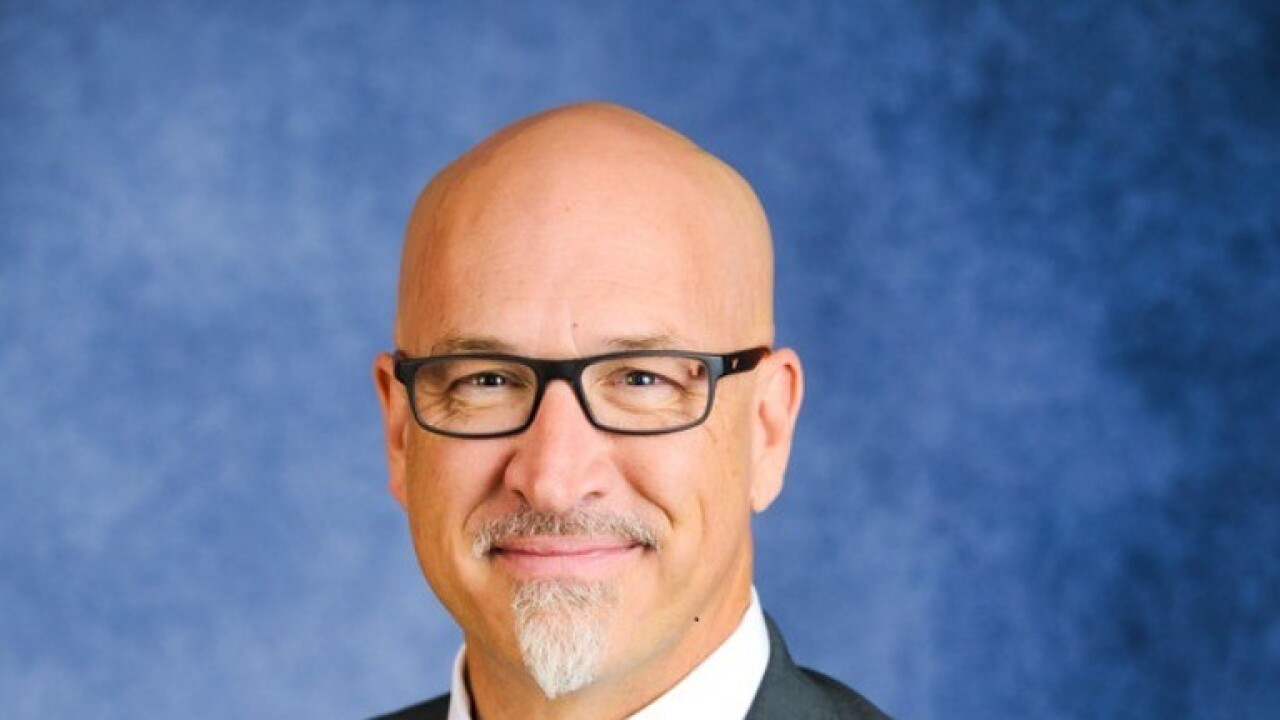Prescription opioids is one of the most common addictions in the U.S., with millions of Americans misusing medications like Oxycodone, Codeine and Vicodin every year. But as widespread as opioid use disorder is, Americans rarely get help.
According to the National Survey of Drug Use and Health, only 10% of people who misuse opioids actually get treatment. And yet, nearly 50,000 people die from opioid overdoses each year, accounting for 72% of overdose deaths in America. But these shocking numbers shouldn’t just highlight individual failings; rather, they reflect a failure of the
“Less than half of [Bicycle] patients even had a primary care provider, and even if they did, very few had a primary care provider help them identify a recovery program,” says Gupta. “People are not connected to the healthcare system — but telemedicine increases access.”
Read more:
For Gupta, telemedicine can cover the gaps left by shortages in providers and addiction clinics. The U.S. Department of Health and Human Services found that 40% of counties do not even have a medical provider who prescribes buprenorphine, which can be key to combating withdrawal symptoms. In a virtual clinic, the right providers and treatment can come to the patient, not the other way around, explains Gupta.
Bicycle Health’s treatment program is run through their app, where users have access to medication management, behavioral health and group support. While Bicycle partners with insurers and employers to bring its program to patients, anyone can enroll themselves for $200 per month. Compared to in-person clinics and rehab centers, which could cost patients thousands a month, Gupta views Bicycle as an affordable and more accessible option.
“There's just a lot more overhead when it comes to running an in-person clinic,” he says. “By having lower overheads, better scale and better outcomes, we can decrease the costs quite significantly for patients.”
“It wasn’t surprising to me or anyone else in the company that our data was counter to the narrative that exists,” he says. “If access to high-quality telemedicine care is readily available, recovery will be easier, regardless of whether a pandemic is going on.”
Read more:
Beyond medical diagnosis, appropriate medication prescriptions and at-home drug testing, Bicycle also directs patients to connect with a psychotherapist, which is typically a licensed clinical social worker, as well as a support group within Bicycle run by a certified recovery coach. Gupta underlines that this kind of virtual care can encourage more connection between patients and providers than in-person care, since they can spend more one-on-one time during appointments.
Since these services can be accessed from an app, this also means patients can avoid the stigma that may come with going to an in-person clinic.
“Put yourself in the shoes of a person who is struggling with opioid use,” says Gupta. “In a majority of cases, they have no one they can share this with. We have heard from patients that they don’t want to be seen walking into a clinic or have their car parked outside a clinic, especially in small communities.”
Read more:
According to data from Bicycle Health, 70% of respondents have not shared their struggle with opioid use disorder with people at work or school, despite 40% believing people would not treat them differently. Whether the stigma is more self-inflicted or reflected in one’s work culture or community, people struggle to confront it openly. Gupta believes a virtual space gives people the permission to speak their suffering out loud.
For the most part, that seems to be the case for Bicycle patients, with its program having a 60% retention rate at the 12-month mark, which is when opioid use heads into remission. Retention rates at one year can be as low as 37%, according to a review published in the Journal of Addictive Diseases. Still, virtual opioid disorder treatment may not be effective for everyone. Gupta acknowledges that Bicycle has to dive into patient history and the current severity of addiction to ensure the patient does not need a higher level of care.
Regardless of what level of care patients need, Gupta wants virtual care to bring addiction treatment further into the dialogue surrounding healthcare benefits. He notes that 65% of patients surveyed were motivated to seek treatment because they wanted to improve at work and have professional aspirations — employers should acknowledge that and support workers in return.
“There are companies that try to support everyone, saying they support diversity. Why are there not companies that support people in recovery?” he says. “I’m hopeful that people can start to feel safe talking about their substance disorders.”






